Menu
Advantages of Small LED Grow Lights
Buy 2pcs+ Get 10% OFF
Full Spectrum.
380nm-740nm, targeted light spectrum to keep indoor plants vigorous all year round.
Higher Yield.
High light intensity penetrates the canopy and increases the density of buds for a bumper crop.
Lower Heat.
LED grow lights produce less heat than traditional grow lights, reducing the need for additional cooling and helping to keep your grow room at the optimal temperature for your plants.
Longer Lifespan.
ETL/DLC certificated, more than 100000 hours lifespan. Longer service life than HPS grow lights.
Small LED Grow Lights
PHLIZON (PRO-2000)PHX4 240W Full-spectrum Daisy Chain Dimmable LED Grow Light Veg and Bloom Light for 3×3FT
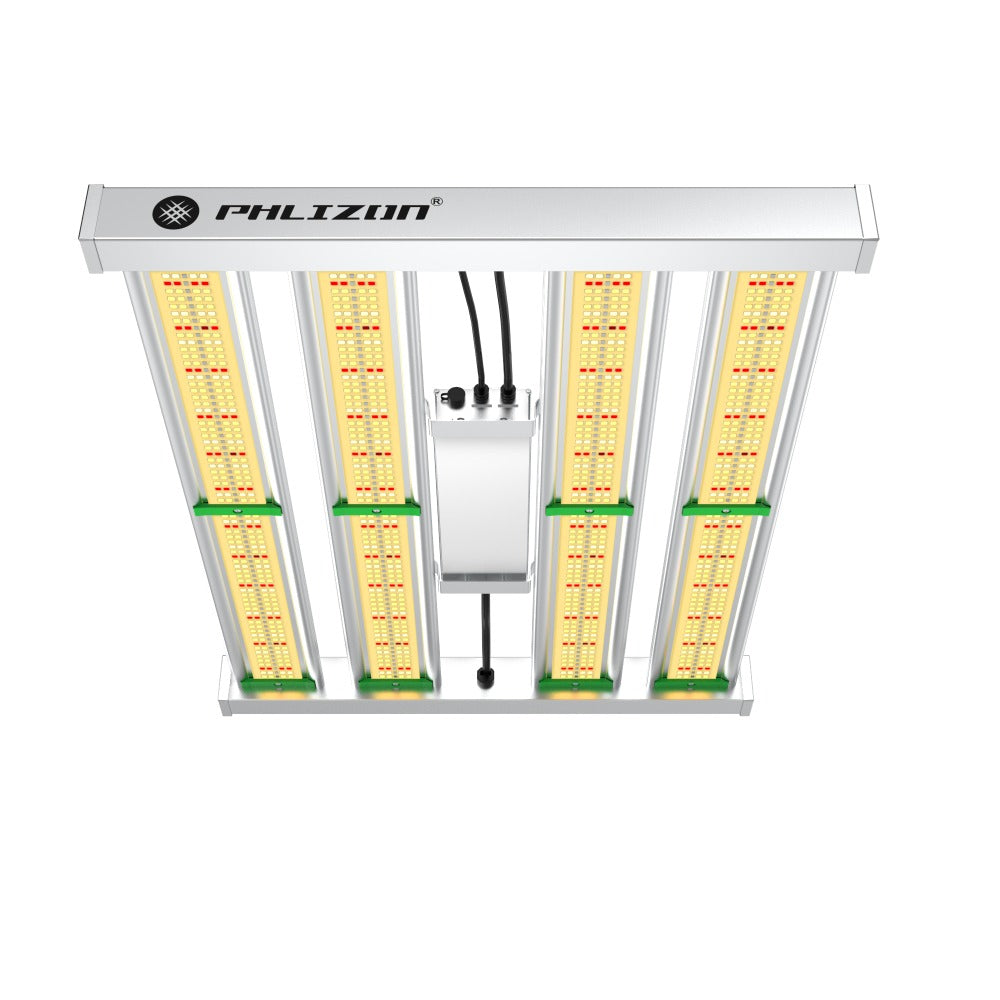
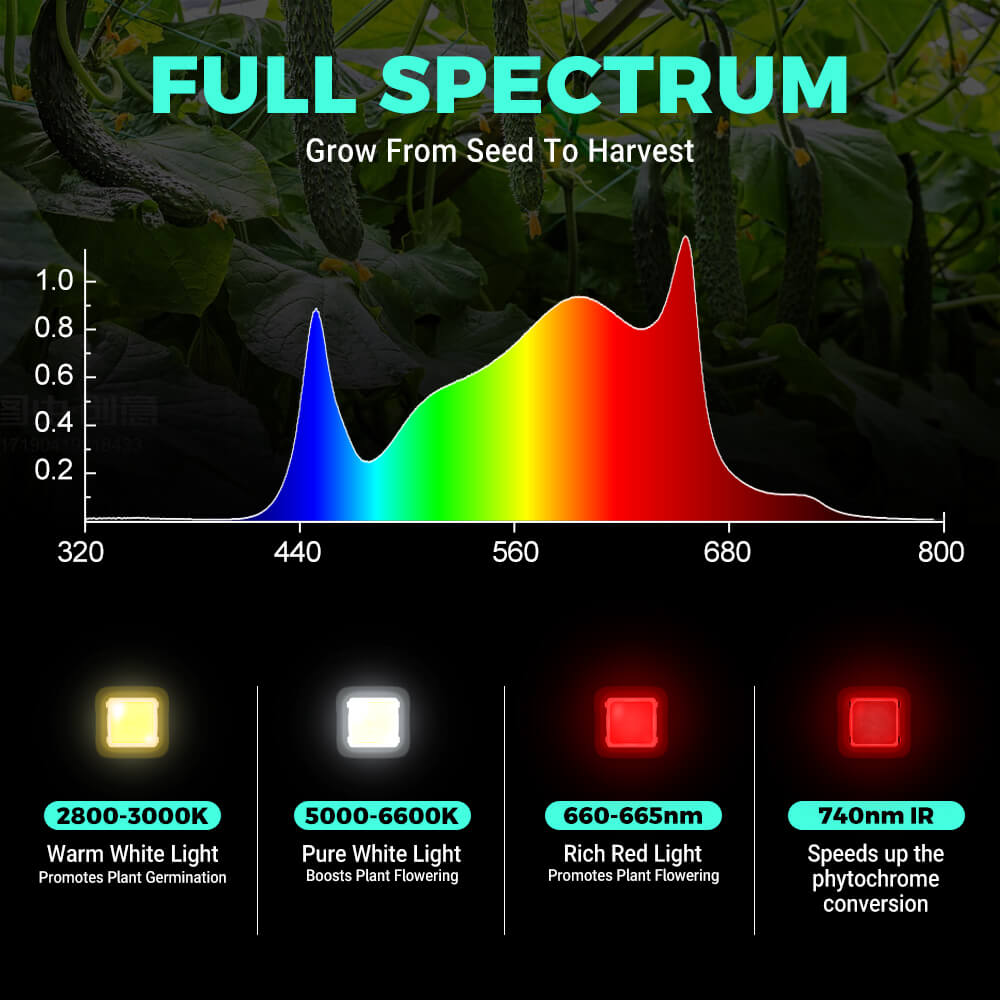


PHLIZON (PRO-2000)PHX4 240W Full-spectrum Daisy Chain Dimmable LED Grow Light Veg and Bloom Light for 3×3FT
- Price
- US$139.99
PHLIZON PL4500 450W Full-spectrum UV/IR Dual-channel Daisy Chain Dimmable Cost-effective High-yield Commercial LED Grow Light for 3×3FT
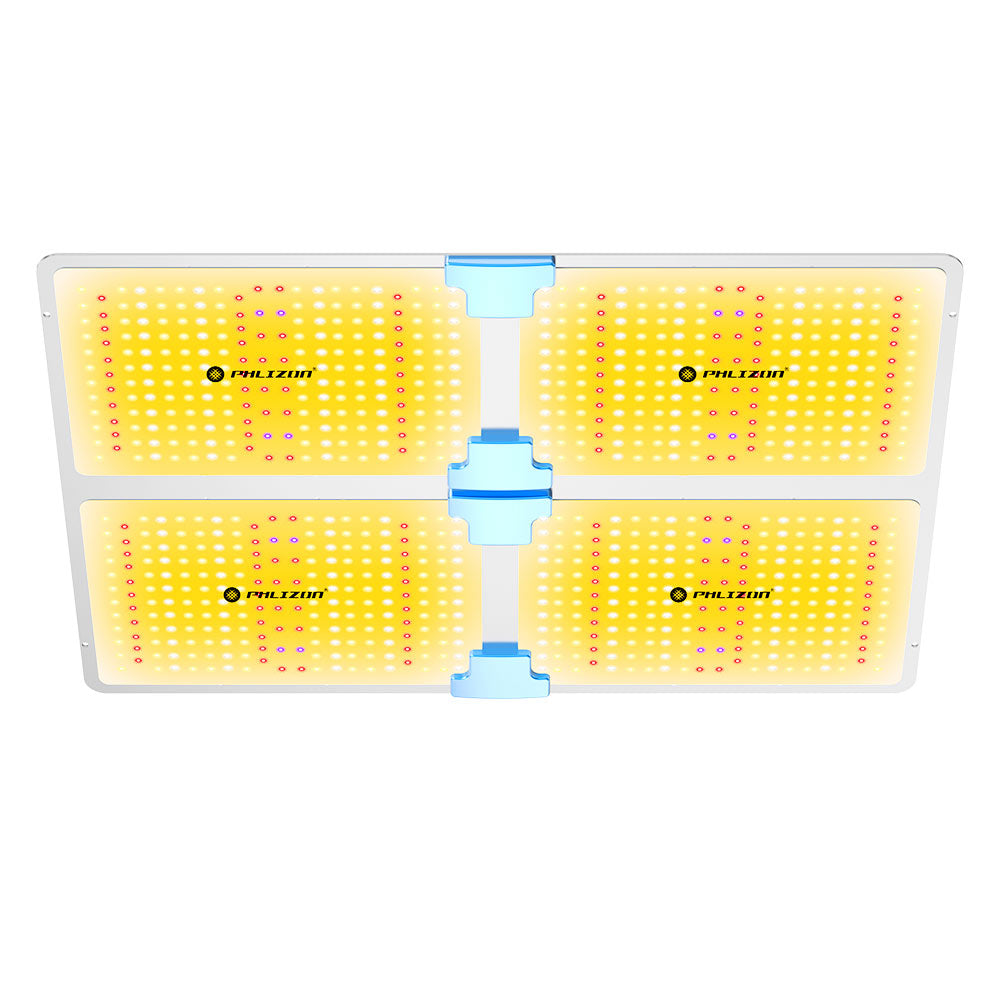
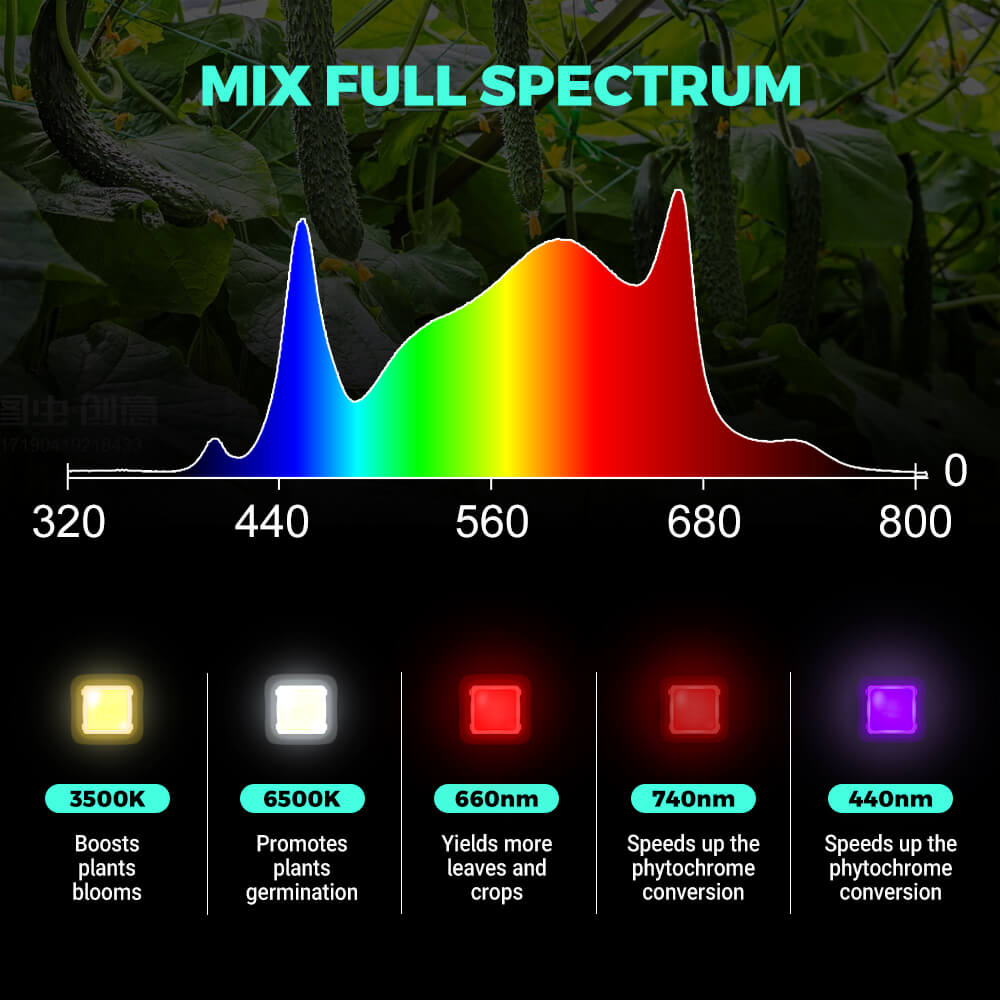


PHLIZON PL4500 450W Full-spectrum UV/IR Dual-channel Daisy Chain Dimmable Cost-effective High-yield Commercial LED Grow Light for 3×3FT
- Price
- US$239.99
PHLIZON PHD6 100W Dual-channel 600 Full-spectrum+UV/IR LED Grow Light for 2x2FT( no daisy chain)
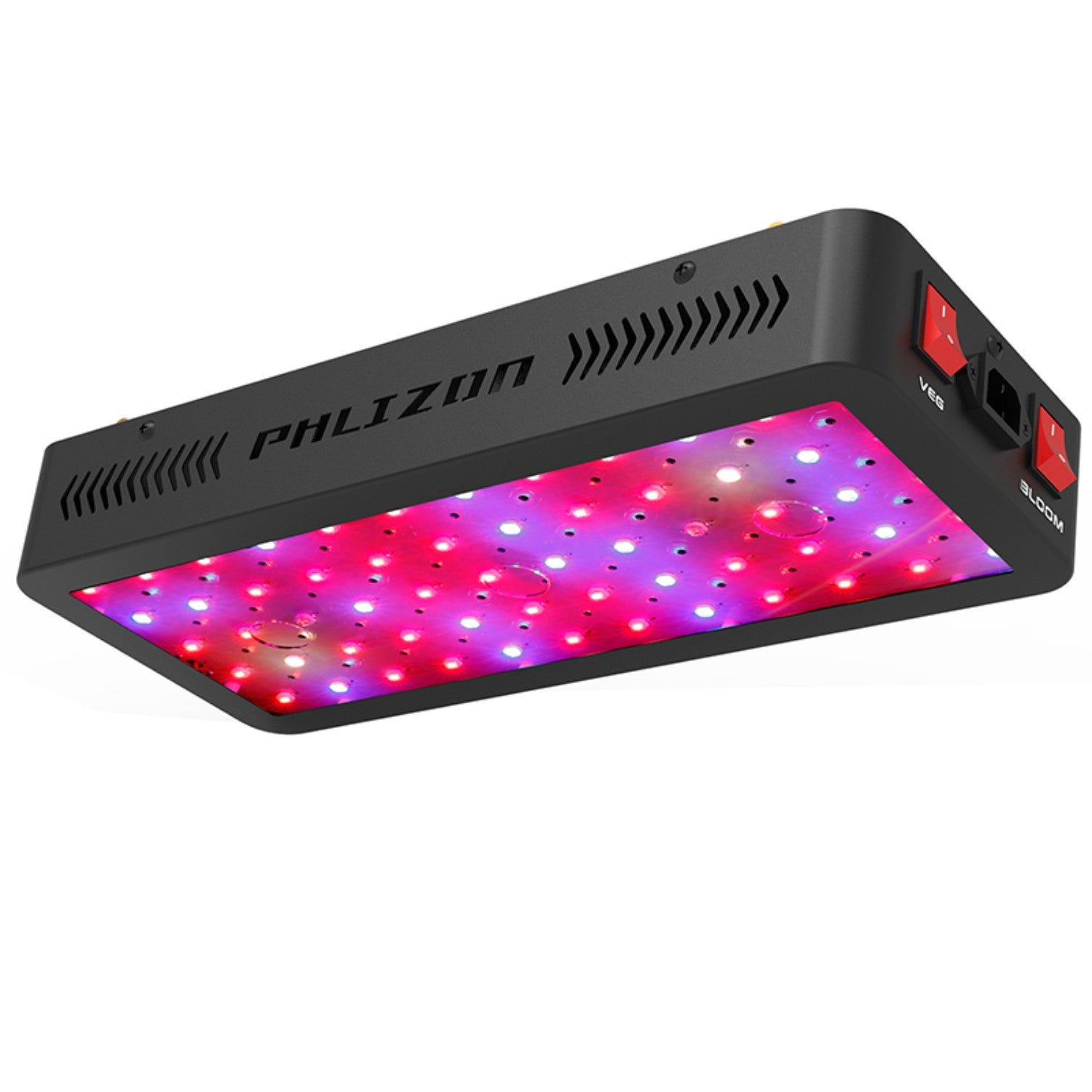
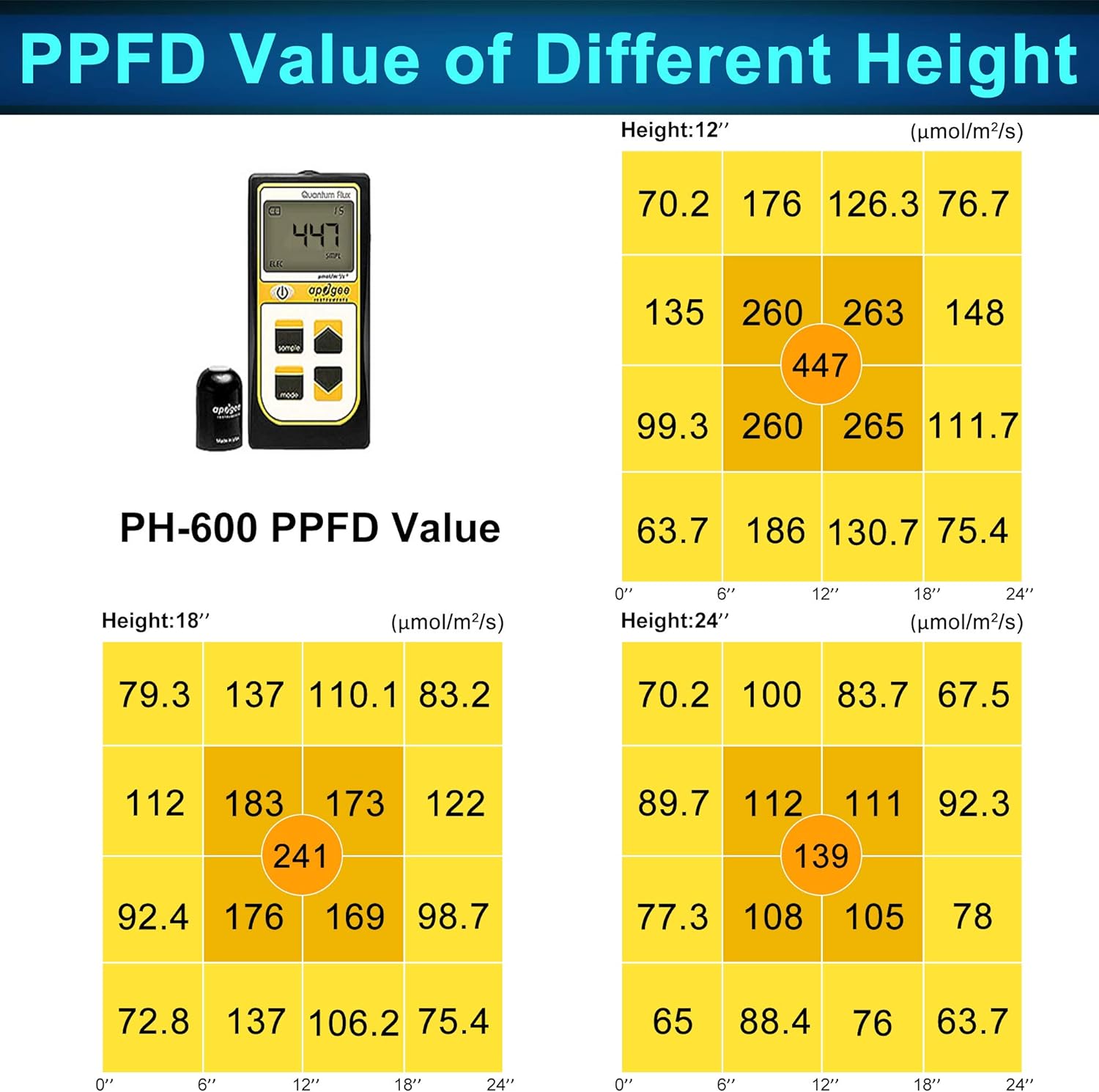


PHLIZON PHD6 100W Dual-channel 600 Full-spectrum+UV/IR LED Grow Light for 2x2FT( no daisy chain)
- Price
- US$119.99
Phlizon PH-DT4-240 240W Full-spectrum Daisy Chain Dimmable LED Grow Light with Removable Driver
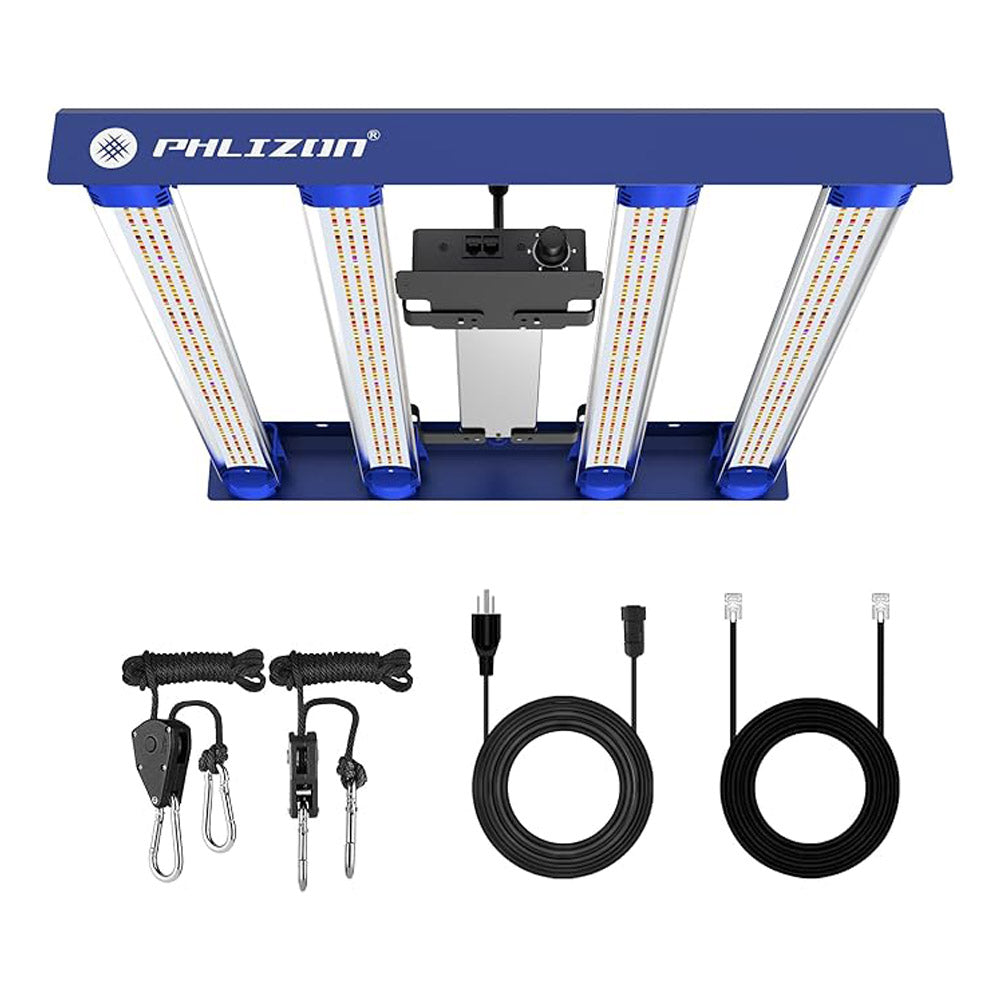
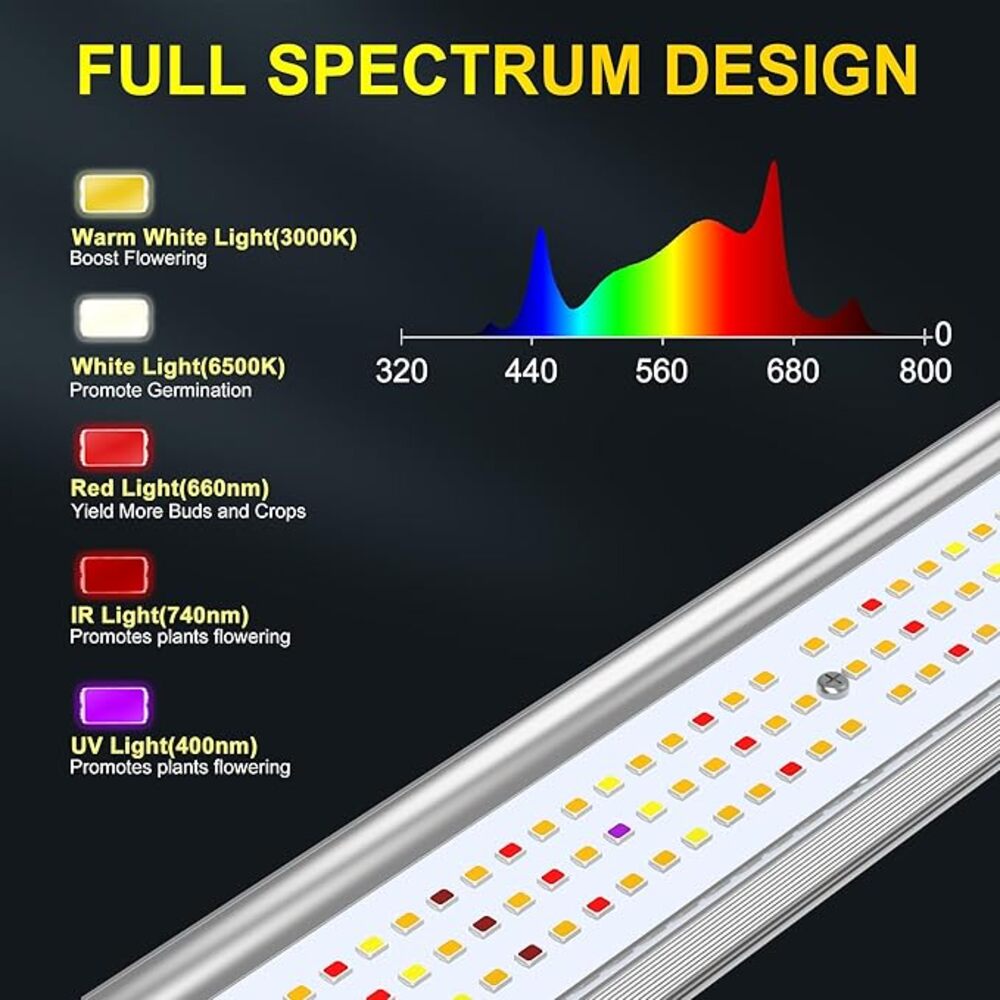


Phlizon PH-DT4-240 240W Full-spectrum Daisy Chain Dimmable LED Grow Light with Removable Driver
- Price
- US$139.99
Introduction to Small LED Grow Lights
Small LED grow lights, in particular, are a fantastic option for indoor gardeners with limited space or those just starting out. These compact devices pack a punch, delivering the right spectrum of light to help plants thrive without taking up much room. Whether you’re growing herbs on a kitchen counter or nurturing seedlings in a small apartment, small LED grow lights offer an efficient and practical solution.
Benefits of Small LED Grow Lights
Light is the single most important variable with respect to plant growth and development and is often the most limiting factor. Therefore, the use of grow lights in commercial greenhouses is beneficial for plants and growers. The reason for using grow lights varies and includes increasing light levels for plant photosynthesis or altering photoperiod. The duration of light a plant perceives is photoperiod. The different lighting sources that growers can use include incandescent (INC) lamps, tungsten-halogen lamps, fluorescent lamps and high intensity discharge (HID) lamps. Light emitting diodes (LED) are fourth generation lighting sources and are an emerging technology in horticulture. Below are advantages and disadvantages of LED.
- Energy Efficiency: LEDs are more energy-efficient than other types of grow lights. Energy efficiency is one of the biggest benefits of LEDs. In the long run, LEDs are a lot more cost efficient because they use less electricity and don't need to be replaced as often as other types of bulbs. These advantages also make LEDs the most environmentally friendly solution.
- Low Heat Output: Generating less heat is beneficial for several reasons. You won’t have to waste energy adjusting the temperature of your grow room because of hot lights. Less heat also means your plants will require less frequent watering, which prevents waste.
- Compact Design: LED grow lights come in a variety of forms. Traditional LED grow lamps are usually compact, making them a good choice for small spaces. They use LEDs that provide medium power and typically feature multicolored LEDs that cover the full spectrum of color frequencies, unlike white LEDs.
- Customizable Spectrum: Unlike many lights on this list, you can choose between warm (white), red and blue, or red, blue, and warm light (380nm-800nm), depending on the growth stage of the plants. A combination of all three delivers the most positive growth results.
How Small LED Grow Lights Work
Depending on type, LEDs can emit wavelengths between 250 nm (UV) and 1,000 nm (infrared) or more, which is referred to as light quality and is related to photosynthetically active radiation (PAR). Wavelengths in the range of 400 and 700 nm are considered to be optimum for plants.
440 (B), 660 (R) and 730 (FR) nm are greatly optimized by most plants. Blue light increases chlorophyll production, resulting in healthier foliage. Red and far-red light promotes growth and flowering, which is useful for long-day plants under short-day conditions.
Choosing the Right Small LED Grow Light
When shopping for small LED grow lights, consider the following:
- Light Intensity: Light intensity (high light or low light) needs of a plant and total area of grow space determine how many LED watts (W) are needed.
- Coverage Area: Placement of an LED refers to its distance from the plant canopy as well as the spacing between individual light units. A rule of thumb to consider when placing LEDs is that the light from one device should overlap with the light from another, creating an even spread of light over the growth space to ensure proper plant growth.
- Durability: Investing in a high-quality LED grow light ensures longevity and consistent performance. Look for lights with robust construction, efficient heat dissipation mechanisms, and reputable brand names that offer warranties.
FAQ
Can I use regular LED bulbs instead of grow lights?
You can use regular LEDs, but they’re not as effective. Regular bulbs usually emit white light, which supports general growth, but plants thrive best under red and blue light. Small LED grow lights are designed with these specific wavelengths to optimize photosynthesis and growth stages.
How far should I place my small LED grow light from my plants?
It depends on the light’s intensity, but a good starting point is 12 to 18 inches above the plant canopy. Check the manufacturer’s recommendations, and adjust based on your plants’ response—closer for seedlings, farther as they mature.
Do small LED grow lights work for all types of plants?
Yes, they can work for most plants, from herbs to vegetables to flowers. However, you’ll need to match the light intensity and spectrum to the plant’s needs. Low-light plants like ferns need less power, while high-light plants like tomatoes require more.
How long should I leave my grow lights on each day?
Most plants need 12 to 16 hours of light daily, depending on their growth stage. Seedlings and vegetative plants often do well with 14-16 hours, while flowering plants might need 12.
Can I leave my grow lights on 24/7?
Not recommended. Plants need a dark period to rest and process energy, just like they would outdoors. Keeping lights on constantly can stress them and hinder growth. Stick to a natural light-dark cycle.
Featured blog
- Choosing a selection results in a full page refresh.









